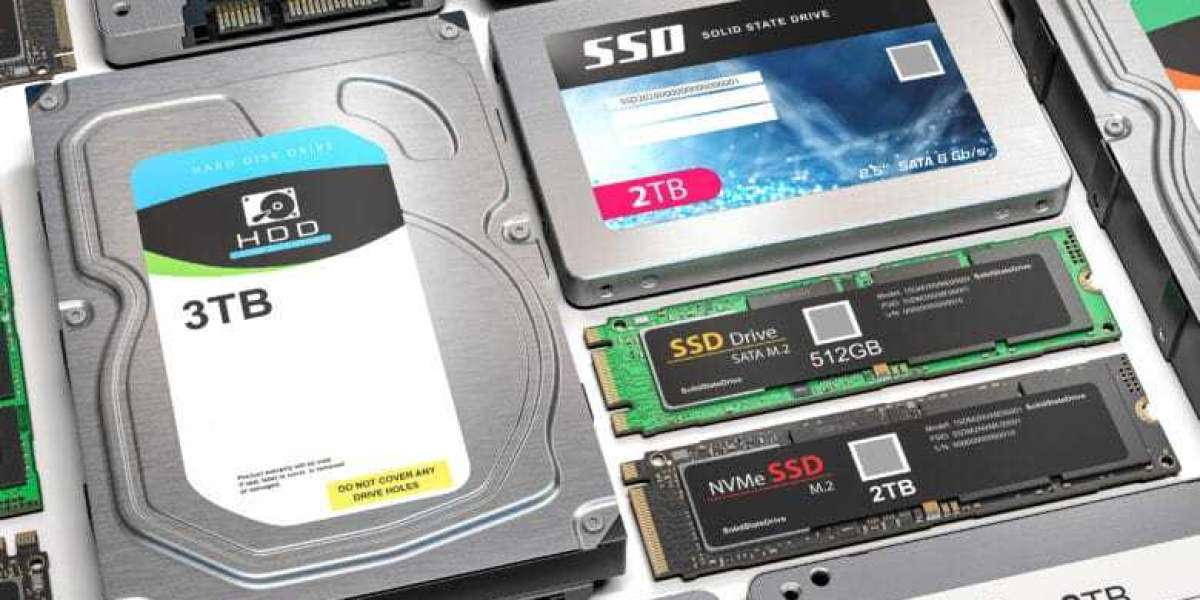- Hard Disk Drives (HDDs):
HDDs have been the go-to storage solution for decades. They consist of spinning disks, or platters, coated with a magnetic material. A read/write head moves over the spinning platters to access data. HDDs are known for their affordability and high storage capacity, making them ideal for bulk data storage. However, they are relatively slower and more susceptible to physical damage due to their mechanical components.
- Solid-State Drives (SSDs):
Solid state Drive represent the next evolution in storage technology. Instead of mechanical parts, SSDs use NAND flash memory chips to store data. This results in blazing fast read and write speeds, significantly reducing boot times and improving overall system performance. SSDs are also more durable and energy-efficient than HDDs, as they have no moving parts. However, they tend to be pricier per gigabyte than HDDs, making them a preferred choice for the operating system and frequently accessed files.
- External Hard Drives:
External hard drives provide a portable storage solution. They come in various sizes and capacities, making them versatile for backing up data, transferring files, or expanding storage on laptops and desktops. These drives can be HDDs or SSDs, allowing users to choose based on their speed and storage requirements.
- Network Attached Storage (NAS):
NAS devices are essentially dedicated file servers that provide centralized data storage and sharing across a network. They can house multiple hard drives or SSDs and often come with advanced features like RAID for data redundancy and data backup. NAS devices are popular for home and small business users who need reliable and accessible data storage solutions.
- Cloud Storage:
Cloud storage has gained immense popularity in recent years. It allows users to store data on remote servers accessible via the internet. Services like Google Drive, Dropbox, and iCloud offer scalable storage solutions that sync across devices. While convenient and versatile, cloud storage does raise concerns about data security and privacy.
Conclusion:
Computer Storage devices play a crucial role in our digital lives, and the options available continue to evolve. Whether you opt for the tried-and-true HDDs with their affordability and large capacities, or the lightning-fast SSDs for improved performance, the choice depends on your specific needs and budget. External drives, NAS devices, and cloud storage further expand your options, making it easier than ever to manage your data effectively. As technology advances, we can expect even more exciting developments in the world of storage devices.








